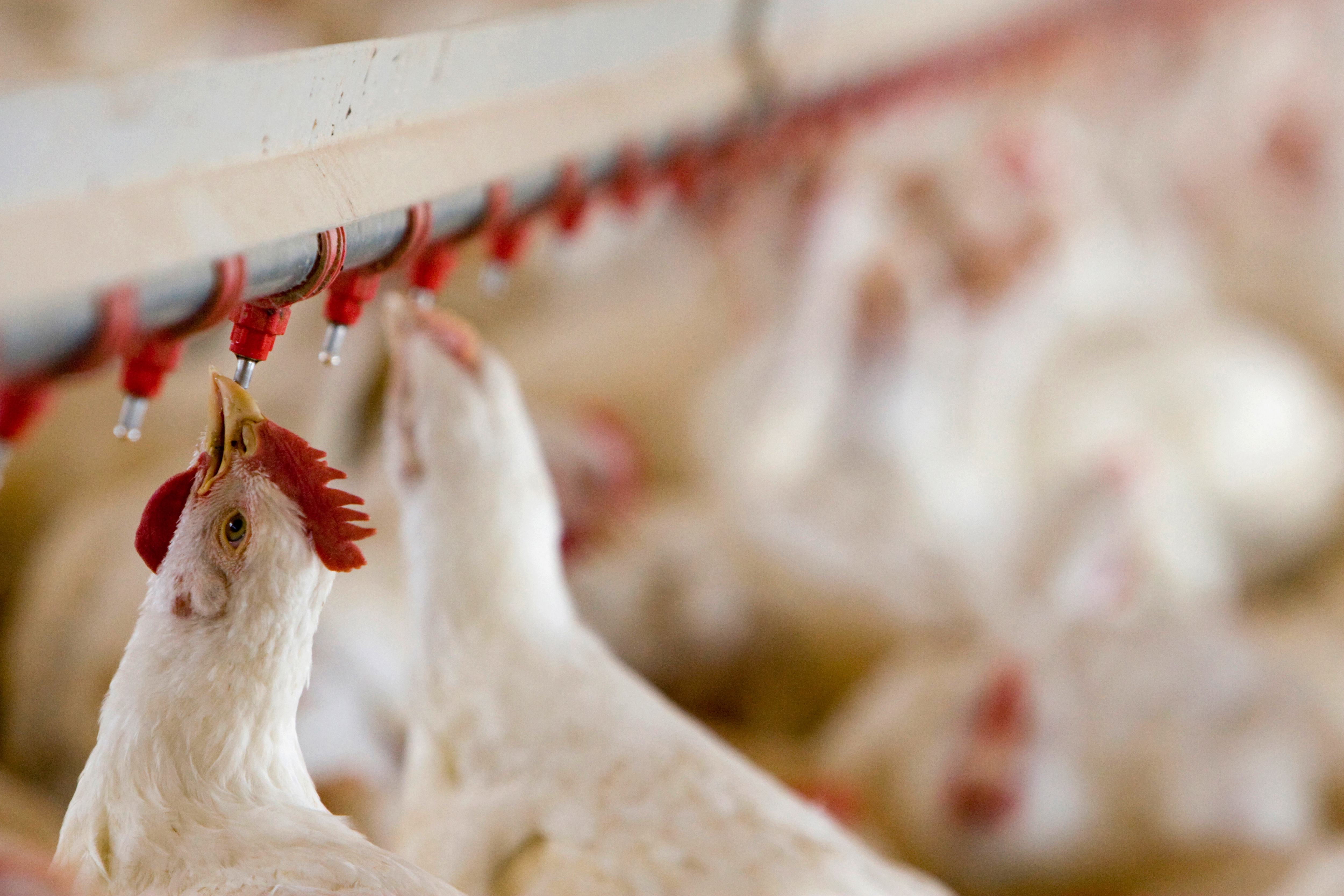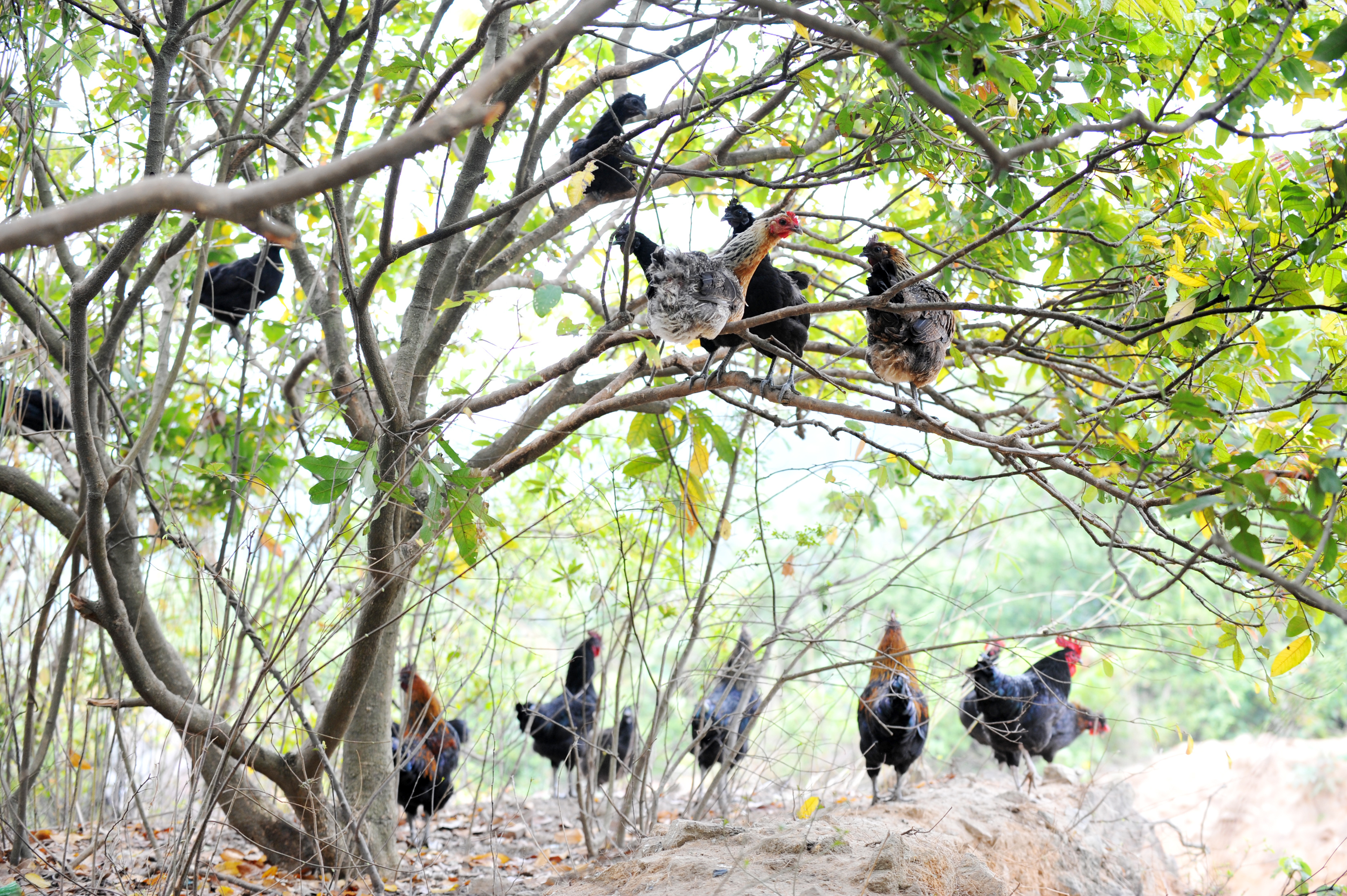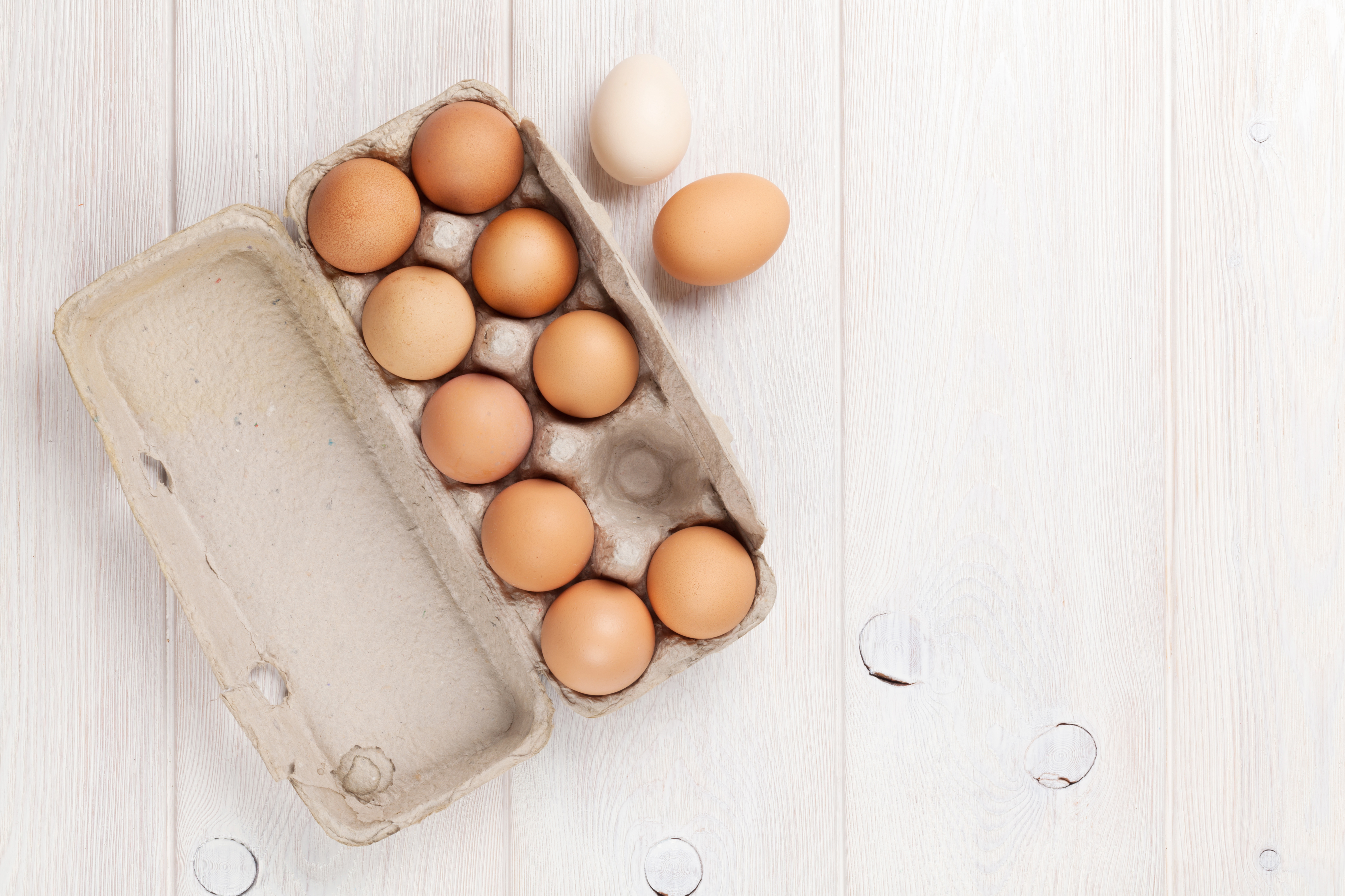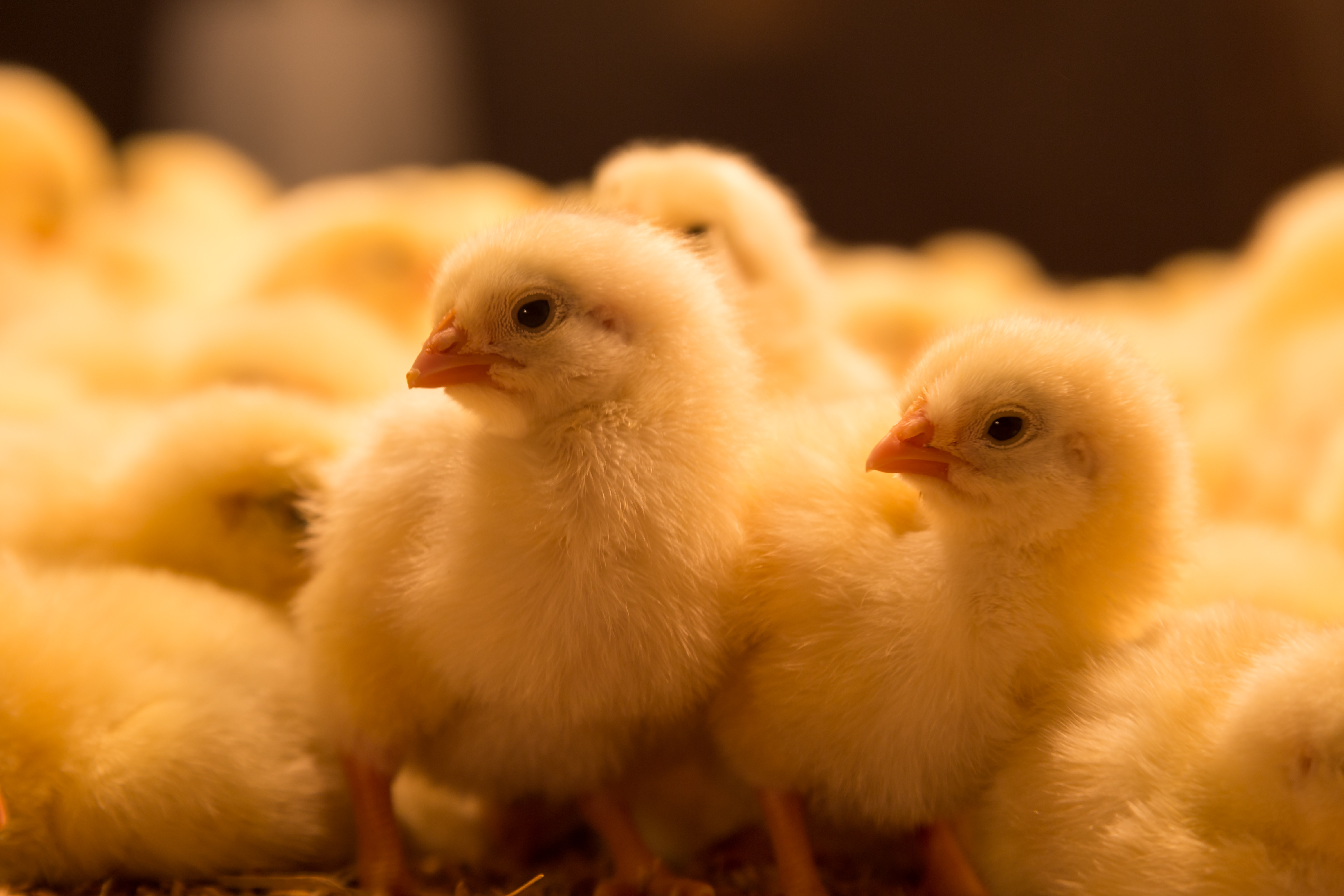



The Chicken Whisperer: how to start composting chicken manure
Chickens usually poop five times an hour – what should you do with all that manure?Part of Series:
< Previous Article in Series
In this podcast, Chicken Whisperer Andy Schneider and Dr Maurice Pitesky discuss how backyard poultry keepers can use and manage the manure their birds produce.

A big part of keeping backyard poultry is learning how to deal with chicken manure. Letting faeces build up in the chicken coop or scratching area can make ammonia levels spike and lead to significant husbandry issues. Cleaning faeces out of the coop is an important step, but what should backyard keepers do with it once it’s removed from the chickens’ environment?
The easiest answer is to convert the manure into fertiliser. But even though chicken manure is a key component in organic and fertilisers, it can’t be used in its original state. Chicken wastes contain harmful bacterial like campylobacter, e. coli and salmonella and can cause illness if ingested. In order to use the manure your backyard birds produce as fertiliser it needs to be composted first.
Before starting
In Pitesky’s experience, backyard keepers tend to keep birds on a dirt patch and in a coop. Even though this works, he encourages listeners to start using poultry litter. Using wood shavings or rice hulls on the floor of the coop can absorb odours from the manure and help it decompose quickly. Litter also makes composting much easier. Make sure your birds have 6-8 inches of substrate in on the floor of the coop and in the preening area.
Pitesky tells listeners to allow 2 birds per square foot in the coop, and to change the litter once a quarter to twice a year. Backyard keepers don’t have to treat chicken litter like cat litter – it can stay on the ground longer and still be effective. However, producers should keep track of moisture levels while the litter is being used. Damp conditions can stall the decomposition process and dry conditions can contribute to unhealthy dust levels.
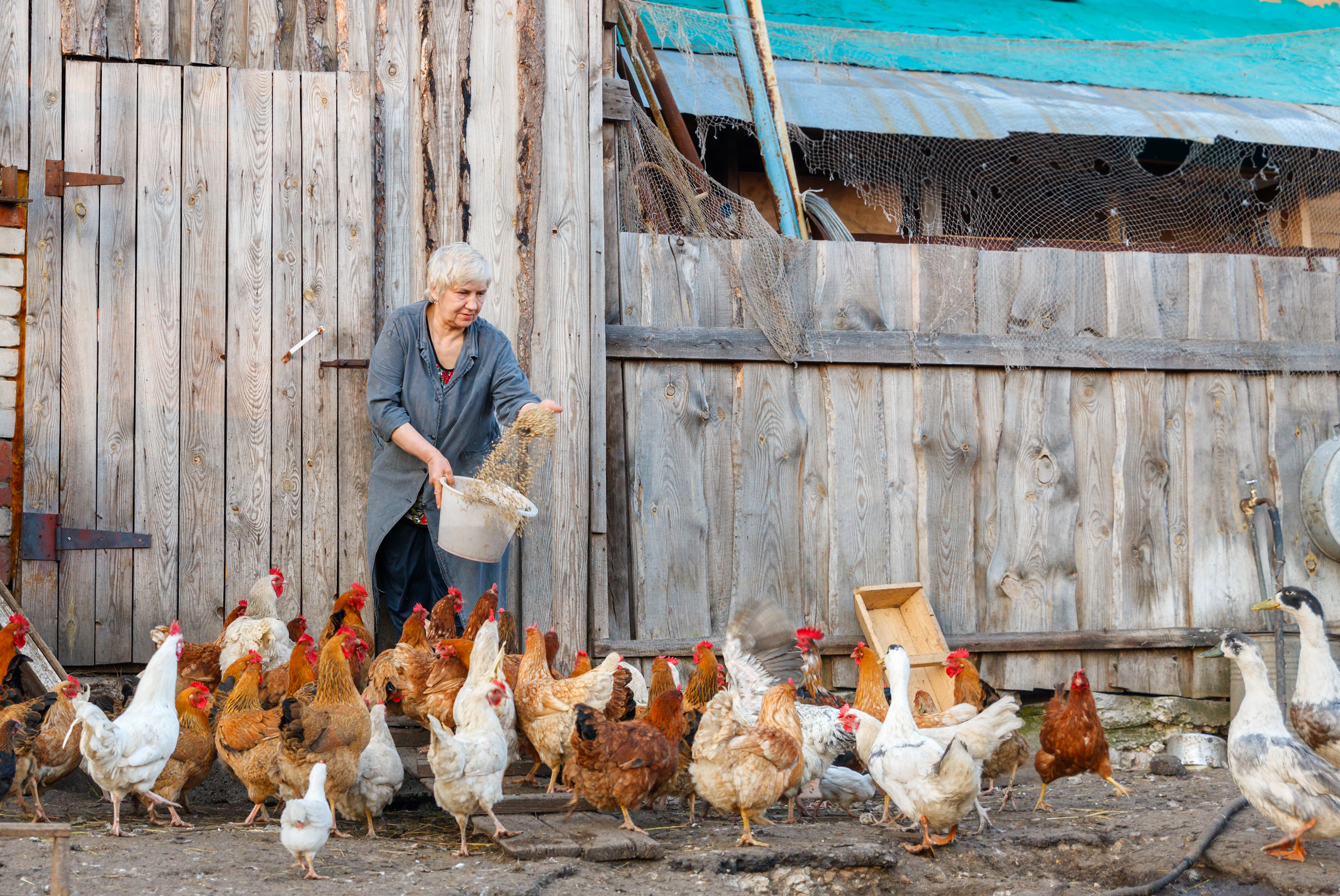
There’s a simple test to ensure that your litter has the right moisture level. Pick up a handful of chicken litter and try to form a ball. The litter should be moist enough to form a ball but should be dry enough to easily break the ball apart with your fingers.
After changing the poultry litter, add the old litter to your composter. Try to keep your litter to manure ratio at 3:1 – so 75 percent litter to 25 percent manure. Pitesky tells listeners that the plant material should be brownish in colour when added to the compost pile. This means that it has a higher carbon content and make better quality compost.
Get the right compost set-up
Compost is formed by breaking down discarded plant material and wastes. To start, collect the manure and substrate material and add it to your composter. Add enough water to the mixture so it feels like a wet sponge and measure the temperature daily. The plant and manure substrates should reach 60°C-72°C degrees (140°F-160°F) as they decompose. The temperature should be maintained for three days in a row. The mixture should also be turned periodically to add oxygen to the substrates. When the process is finished, the waste and plant material should have a loamy smell – it shouldn’t smell rotten or like faeces.
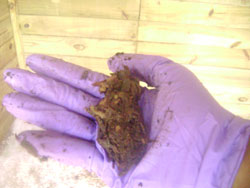
Pitesky and Schneider tell users to avoid keeping a compost pile on the ground. Having a pile out in the open tends to attract wildlife and rodents. Instead of keeping a pile next to the coop, put a composter as far away from your chickens as possible.
Ideally, your composter should have a raised and sealable container that will keep rodents and flies at bay. It should also have a crank on the side so you can turn the pile. Big box stores and Amazon usually carry composters with a raised barrel that are easy to use.
Schneider’s tips:
Before you apply compost to your garden, think about what you’re growing. If you’re growing “touch” crops – plants that will have direct contact with the soil, you may want to avoid manure-based compost. Since composted manure will still contain trace amounts of e. coli bacteria or salmonella, the direct soil contact or splashes from watering could spread bacteria. “Non-touch” crops like broccoli or corn may be more appropriate – it’s more difficult to contaminate.
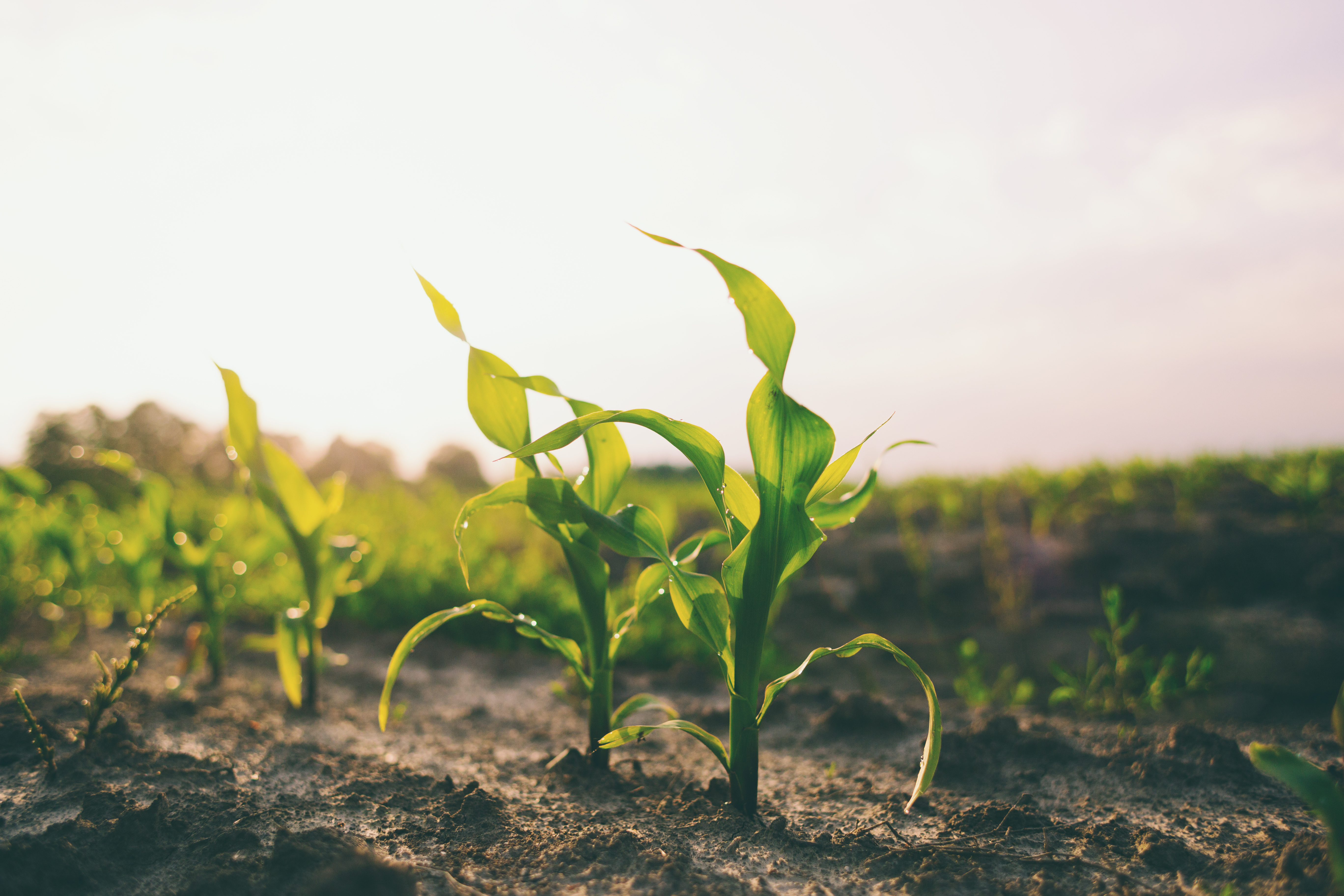
Make sure to apply the compost at the beginning of planting. Put a layer 1-2 inches deep in your garden and plant on top of it or add it just after you plant. Adding it later in the season or using soil supplements won’t increase plant yields.
The don’ts of composting and manure management
“Don’t add dog, cat or human faeces to your compost pile – you’re playing with fire!” Pitesky says. The disease potential from dog, cat and human wastes is higher than chicken manure. Adding it to compost is a major biosecurity risk. Pitesky and Schneider stress that compost will still have trace amounts of bacteria; gardeners should keep that in mind when using compost to grow touch crops like lettuce or spinach.
In terms of litter management, Pitesky tells listeners to give the birds 6-8 inches of litter to till in the coop. Avoid using straw as litter. It isn’t as absorbent as other substrates. Producers shouldn’t be able to smell ammonia in the coop – if you can, take action to correct the ammonia build-up.










